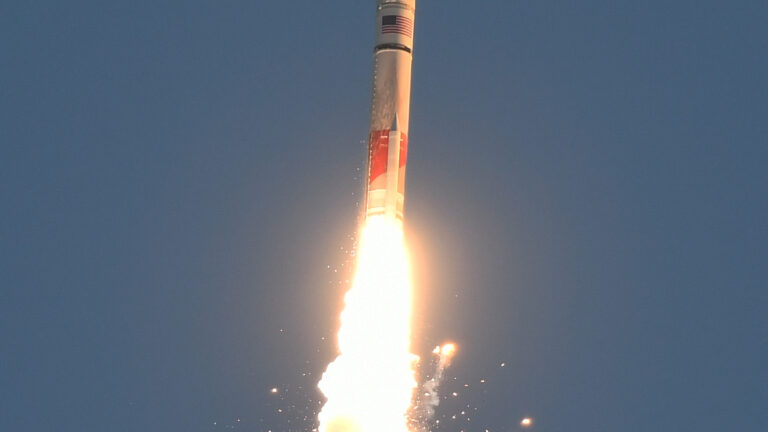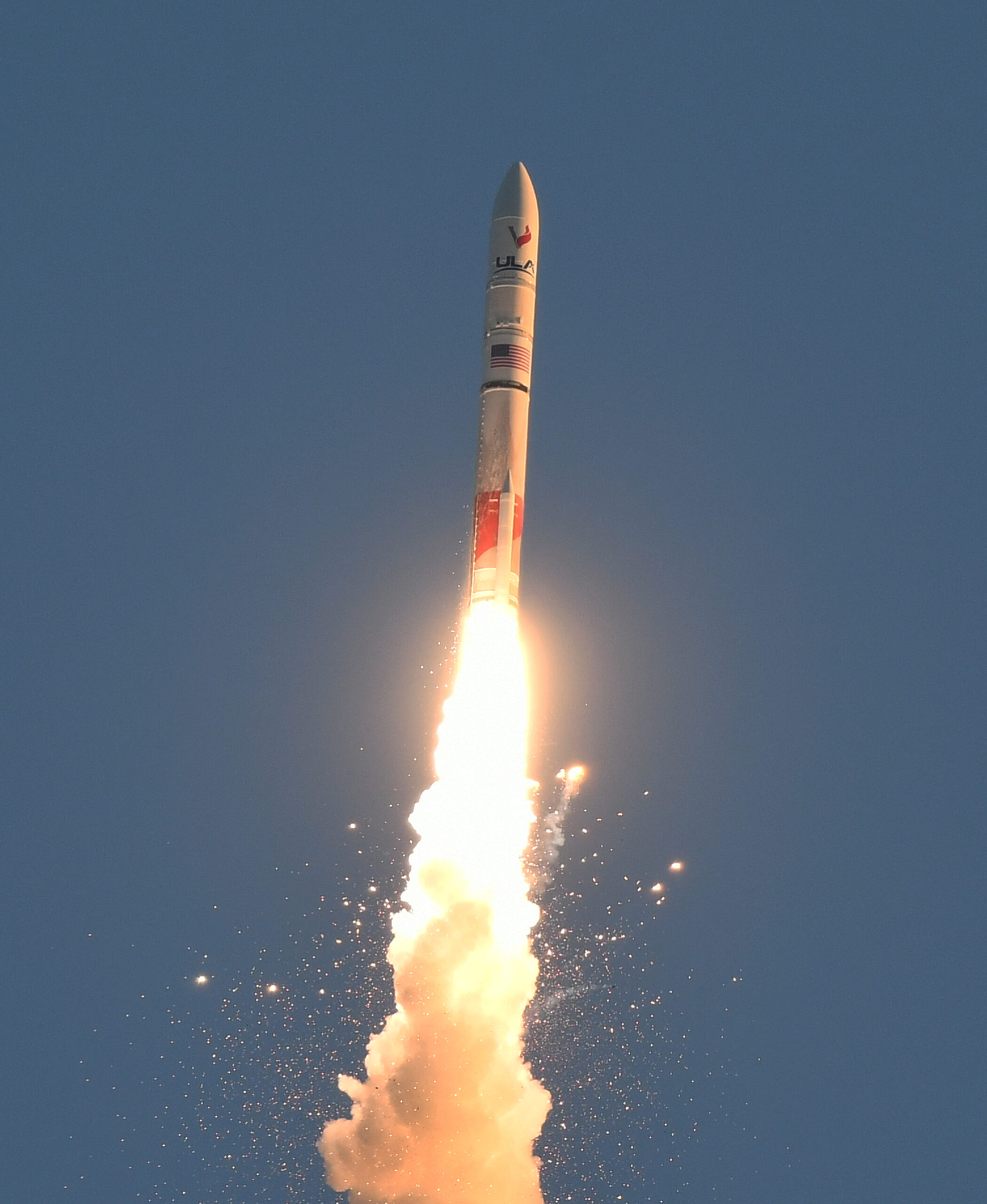
United Launch Alliance’s Vulcan rocket, under contract for dozens of flights for the US military and Amazon’s Kuiper broadband network, lifted off from Florida on its second test flight Friday, suffered an anomaly with one of its strap-on boosters, and still achieved a successful mission, the company said in a statement.
This test flight, known as Cert-2, is the second certification mission for the new Vulcan rocket, a milestone that paves the way for the Space Force to clear ULA’s new rocket to begin launching national security satellites in the coming months.
While ULA said the Vulcan rocket continued to hit its marks during the climb into orbit Friday, engineers are investigating what happened with one of its solid rocket boosters shortly after liftoff.
After a last-minute aborted countdown earlier in the morning, the 202-foot-tall (61.6-meter) Vulcan rocket lit its twin methane-fueled BE-4 engines and two side-mounted solid rocket boosters to climb away from Cape Canaveral Space Force Station, Florida, at 7:25 am EDT (11:25 UTC) Friday.
A little tilt
As the rocket arced east from Cape Canaveral, a shower of sparks suddenly appeared at the base of the Vulcan rocket around 37 seconds into the mission. The exhaust plume from one of the strap-on boosters, made by Northrop Grumman, changed significantly, and the rocket slightly tilted on its axis before the guidance system and main engines made a steering correction.
Videos from the launch show the booster’s nozzle, the bell-shaped exhaust exit cone at the bottom of the booster, fall away from the rocket.
“It looks dramatic, like all things on a rocket,” Bruno wrote on X. “But it’s just the release of the nozzle. No explosions occurred.”
During the ascent of the Vulcan rocket on the #Cert2 mission, there appeared to be an issue with the solid rocket booster on the right side of the vehicle as seen from the KSC Press Site. However, the Centaur was able to reach orbit.https://t.co/3iwWLVWZHp
📹: @ABernNYC pic.twitter.com/5h06ffNMXr
— Spaceflight Now (@SpaceflightNow) October 4, 2024
The Federal Aviation Administration, which licenses commercial space launches in the United States, said in a statement that it assessed the booster anomaly and “determined no investigation is warranted at this time.” The FAA is not responsible for regulating launch vehicle anomalies unless they impact public safety.

